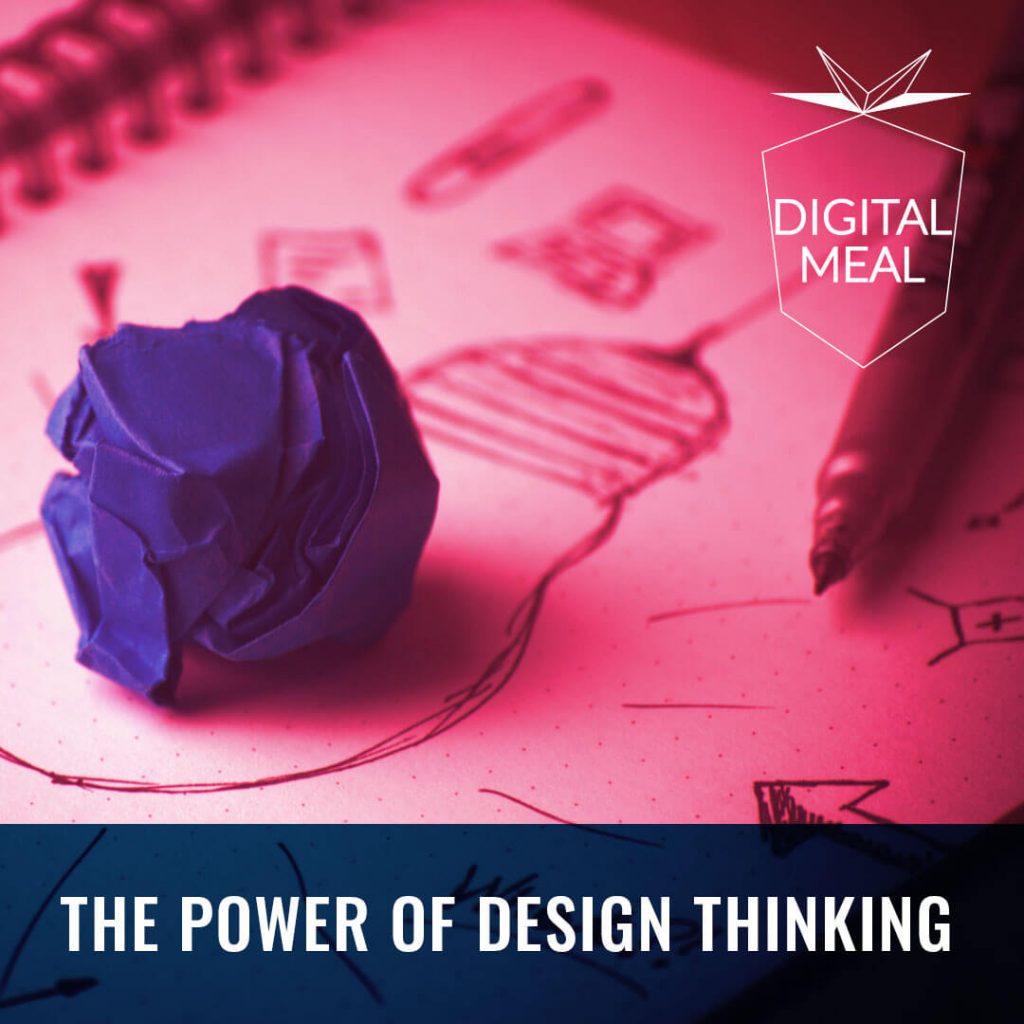The word “Design” seems to permeate every facet of owning a business these days. We hear high end brands like Apple espouse the benefits of employing design thinking at seemingly every keynote, but what is it and more importantly, is it something you need to be employing for your business?
The answer is most likely, yes.
Design thinking is taking the creative process taught and employed in the design field to solve problems.
Doesn’t really explain all that much does it? So, let’s break it down.
There are a lot of different models of design thinking out there but for today we’ll be focusing on a simple 3 step model.
Empathise

So you’ve got an idea for a business, service or product. It’s a great one! You’re sure of it and you can’t wait to put pen to paper and start visualising this great idea of yours.
Well stop what you’re doing because you are getting WAY ahead of yourself…
Empathy is the ability to understand and share the feelings of another person, to put yourself in their shoes and see where they’re coming from.
Design thinking gets your mind thinking about the person at the other end of your great idea, the customer, the client, the business, whatever it is, you need to think about how they are going to react to it, which means doing a lot of… RESEARCH! (Yay!)
In the context of a new business, this means researching the demographics you want to target, are you aiming local? International? If you’re targeting an audience quite different from you research their interests, what’s their vernacular?
This stage can be the largest part of the entire process but it’s also the most important. When it comes to design thinking, ALL OF YOUR IDEATION SHOULD RELATE TO YOUR RESEARCH.
Unless you’ve been in a successful business for a long time, don’t assume that idea that just popped into your head is a good one, really analyse why you think it can work.
Ideate
Okay you’ve done your research, at this point you’ve practically become the customer you’ve been researching.
So now it’s time to actually put some ideas down.
And you’re going to put down 20.
That might seem like a lot of different ways to go about solving a problem but the point here isn’t the amount of ideas you actually come up with, it’s about stretching out that brain muscle, reaching deep into crevices of your mind to find the truly unique ideas.
As I similarly said in the first step of design thinking, the first idea that pops into your head is most likely going to be the first idea that pops into everyone’s head, it’s the one that’s floating at surface level in your brain.
You want your business idea to be unique but unfortunately human brains work in a similar fashion to solve problems, so you’re most likely to do things in a similar way to a lot of other businesses out there without really showing why you’re unique.
Remember all of your ideas should be driven BY YOUR RESEARCH and that this stage of the process is going to be like playing Guitar Hero while drinking, you’ll probably have about a 10 minute window where you’re amazing, the rest will be garbage fire.
It’s about finding that sweet 10-minute window of getting 100% on “Through the Fire and Flames” that you’re working towards.
Design
Now this is the part of the whole process we’re you’re actually using your creative skills.
This stage is sometimes split into a “Prototype” and a “Test” stage but for the sake of simplicity we’ve combined them here.
This final part of the process is where you create a small-scale version of your product/service/idea so that it can be user tested.
If you’re designing a website maybe this means you create a mock-up and show it to your peers, or rehearsing a presentation in front of your friends.
Sometimes when bootstrapping a business for example companies can find themselves drinking their own Kool-Aid so to speak.
Without external critical analysis you can fall into the trap of believing all of your ideas are amazing and they’re all going to work out well.
This is the stage in the whole process where you research and your ideation should work in harmony to hopefully convey your intended message.
And Then Back To The Start
One of the harder parts of Design Thinking to mentally align with is its non-linear nature.
While these three stages work sequentially, they often feed back into each other.
The design phase could reveal that your original idea isn’t being conveyed as clearly as you thought, which means you’ve got to look back at your research and come up with some new ideations.
You should never be afraid to start all over again if an idea isn’t working, don’t try and force a square plug into a round whole just because you’ve dedicated X number of hours to one idea with no room for flexibility.
The world is constantly shifting and evolving, and you and your business should to.
If you’re interested in learning more about Design Thinking check out these resources:
https://www.interaction-design.org/literature/article/5-stages-in-the-design-thinking-process
https://www.fastcompany.com/1338960/forget-design-thinking-and-try-hybrid-thinking
http://interactions.acm.org/archive/view/may-june-2018/the-divisiveness-of-design-thinking
http://fastefoundation.org/publications/integrating_creativity_into_the_ME_curriculum.pdf
http://www.dubberly.com/articles/how-do-you-design.html
